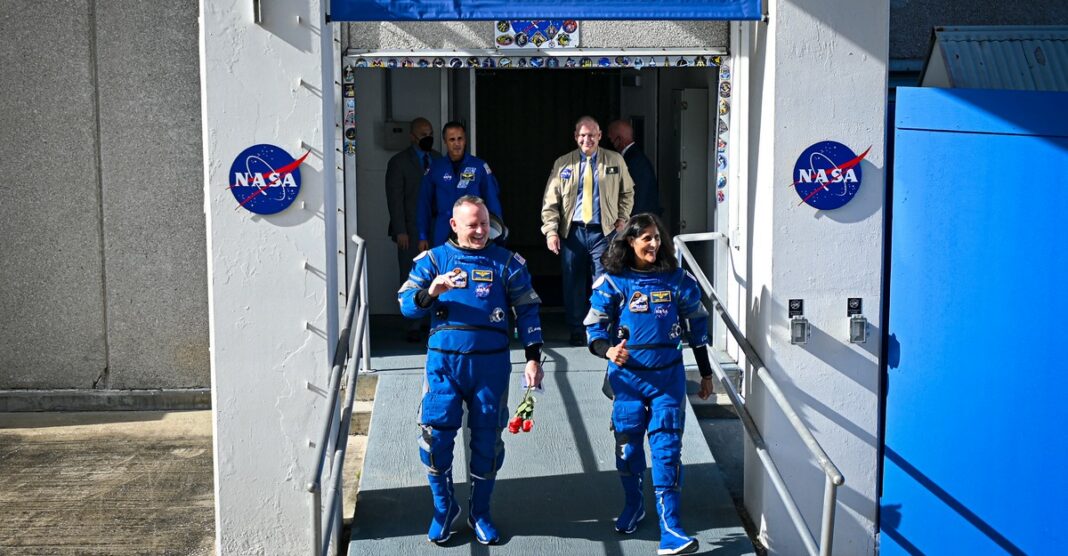Boeing Flubbed Its Space Debut. NASA Isn’t Helping.
Boeing’s long-awaited debut of its Starliner spacecraft did not go as planned. The unmanned test flight in December 2019 was supposed to be a milestone for the aerospace giant, but instead, the spacecraft failed to reach the International Space Station due to a timing error.
The Starliner Setback
Boeing’s Starliner was designed to be the company’s flagship spacecraft for NASA’s Commercial Crew Program, which aims to bring human spaceflight capabilities back to the United States. The December test flight was meant to demonstrate the spacecraft’s ability to safely transport astronauts to and from the ISS.
However, a software glitch caused the spacecraft to miss its intended orbit and prevented it from docking with the ISS. Boeing was forced to bring the spacecraft back to Earth prematurely, cutting the mission short and raising concerns about the spacecraft’s readiness for crewed missions.
Boeing’s Response
Boeing acknowledged the mistake and vowed to conduct a thorough investigation to determine the root cause of the software error. The company stressed that safety is its top priority and that it is committed to addressing any issues before proceeding with future Starliner missions.
NASA’s Role
While Boeing took responsibility for the failure, NASA has also come under scrutiny for its oversight of the Commercial Crew Program. Some critics argue that NASA’s decision to award contracts to Boeing and SpaceX without conducting thorough reviews of their spacecraft designs may have contributed to the Starliner setback.
Despite the setback, NASA remains optimistic about the future of the Commercial Crew Program. The agency is working closely with Boeing and SpaceX to address the technical issues that arose during the Starliner test flight and ensure that both companies are ready to transport astronauts to the ISS safely and reliably.
Conclusion
Boeing’s Starliner setback serves as a reminder of the challenges and risks associated with human spaceflight. While the failure was disappointing, it also presents an opportunity for Boeing and NASA to learn from their mistakes and improve the safety and reliability of future missions.
As the Commercial Crew Program moves forward, it will be crucial for Boeing, NASA, and SpaceX to work together to address any technical issues and ensure that the spacecraft are fully prepared for crewed missions. By doing so, they can help to restore confidence in the commercial space industry and pave the way for future human space exploration.
FAQs
Q: What caused the Starliner spacecraft to miss its intended orbit?
A: The Starliner spacecraft experienced a software glitch that caused it to miss its intended orbit and prevented it from docking with the ISS.
Q: How is Boeing addressing the issue?
A: Boeing is conducting a thorough investigation to determine the root cause of the software error and has committed to addressing any issues before proceeding with future Starliner missions.
Q: What is NASA’s role in the Commercial Crew Program?
A: NASA oversees the Commercial Crew Program and works closely with Boeing and SpaceX to ensure that their spacecraft are ready to transport astronauts to the ISS safely and reliably.




